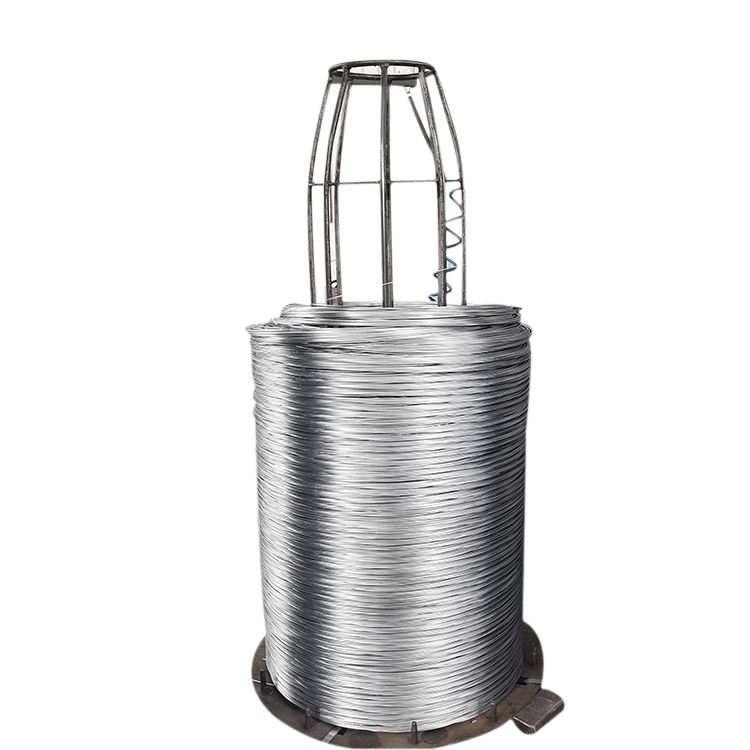Fev . 15, 2025 18:19
Back to list
Electro gi wire galvanized steel binding iron wire
Hexagonal wire netting and gabions have long been celebrated for their versatility and robustness in various applications ranging from construction to environmental conservation. These interconnected solutions offer unique benefits across industries by providing structural integrity, environmental protection, and aesthetic appeal.
For contractors and builders, the practical advantages of gabions are numerous. They are relatively easy to install, requiring minimal preparation of the foundation. This simplicity in construction not only reduces labor costs but also allows for rapid deployment in urgent situations, such as post-disaster recovery efforts where erosion control is needed quickly. Moreover, gabions are flexible enough to conform to the ground’s natural contours, which enhances their structural performance on uneven terrain. From an architectural perspective, gabions introduce a rustic yet modern aesthetic that enhances the visual appeal of exterior landscapes and urban spaces. Designers often incorporate gabions in gardens, parks, and even facades of modern buildings for their raw beauty and natural integration into the surroundings. The customization options—ranging from the size of stones to the type of mesh—allow for creative expressions that meet the specific aesthetic and functional needs of any project. Safety and durability remain critical considerations when using hexagonal wire netting and gabions. High-quality metals, such as galvanized or PVC-coated steel, are often used to prevent rust and withstand environmental stresses. This quality assurance translates into a long life span, reducing the need for frequent replacements and, ultimately, lowering the long-term costs for users. In conclusion, the integration of hexagonal wire netting and gabions into various industries illustrates their expansive potential beyond traditional uses. Their applications are supported by authentic experiences and expert validations, spotlighting their essential role in sustainable and innovative design solutions. As industries continue to evolve, the demand for reliable, eco-friendly materials also grows, making these structures indispensable to future infrastructure and environmental projects.

For contractors and builders, the practical advantages of gabions are numerous. They are relatively easy to install, requiring minimal preparation of the foundation. This simplicity in construction not only reduces labor costs but also allows for rapid deployment in urgent situations, such as post-disaster recovery efforts where erosion control is needed quickly. Moreover, gabions are flexible enough to conform to the ground’s natural contours, which enhances their structural performance on uneven terrain. From an architectural perspective, gabions introduce a rustic yet modern aesthetic that enhances the visual appeal of exterior landscapes and urban spaces. Designers often incorporate gabions in gardens, parks, and even facades of modern buildings for their raw beauty and natural integration into the surroundings. The customization options—ranging from the size of stones to the type of mesh—allow for creative expressions that meet the specific aesthetic and functional needs of any project. Safety and durability remain critical considerations when using hexagonal wire netting and gabions. High-quality metals, such as galvanized or PVC-coated steel, are often used to prevent rust and withstand environmental stresses. This quality assurance translates into a long life span, reducing the need for frequent replacements and, ultimately, lowering the long-term costs for users. In conclusion, the integration of hexagonal wire netting and gabions into various industries illustrates their expansive potential beyond traditional uses. Their applications are supported by authentic experiences and expert validations, spotlighting their essential role in sustainable and innovative design solutions. As industries continue to evolve, the demand for reliable, eco-friendly materials also grows, making these structures indispensable to future infrastructure and environmental projects.
Share
Latest news
-
The Ultimate Guide to Premium Quality Field Fence Solutions
NewsAug.12,2025
-
The Essential Guide to Premium Square Wire Mesh Solutions
NewsAug.12,2025
-
The Essential Guide to Hexagonal Wire Netting Farm Fencing
NewsAug.12,2025
-
Premium Continuous Deck Rail Slab Bolster Solutions
NewsAug.12,2025
-
High-Performance Aluminum Tie Wire Reel for Construction Applications
NewsAug.12,2025
-
Crafted Premium Galvanized Hexagonal Gabion Wire Mesh Solutions
NewsAug.12,2025















